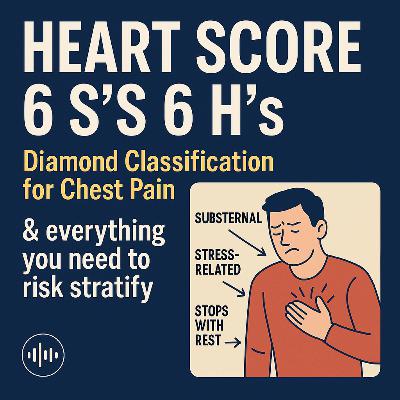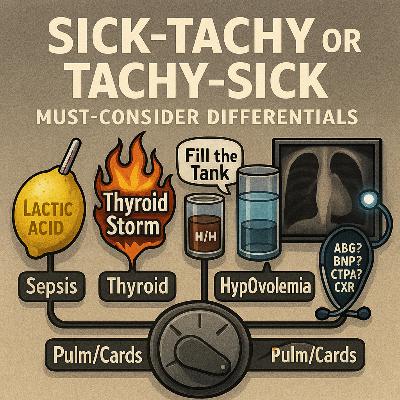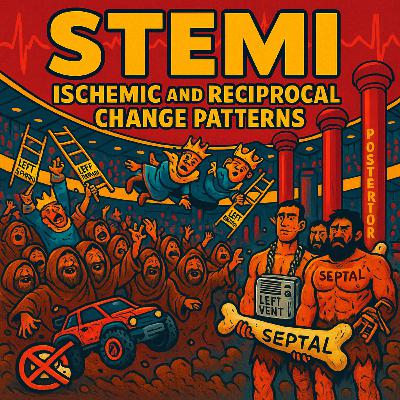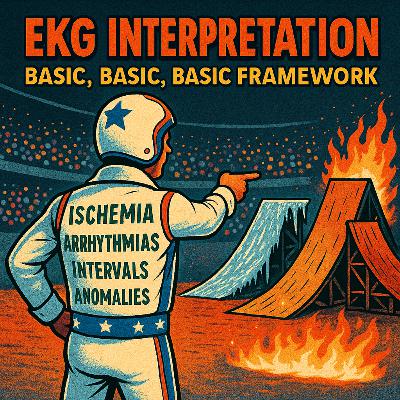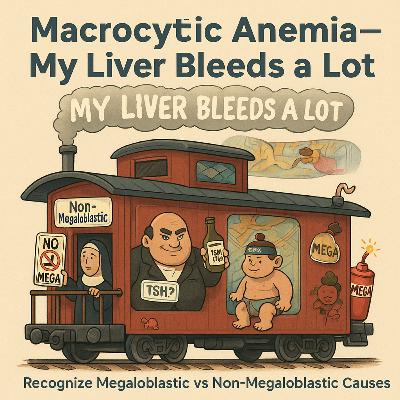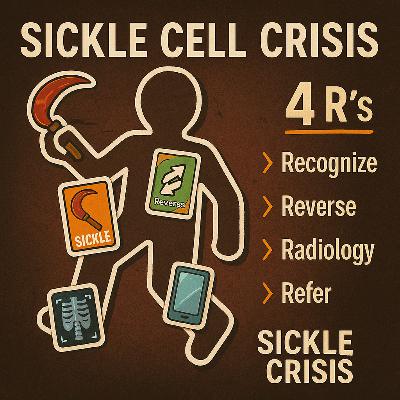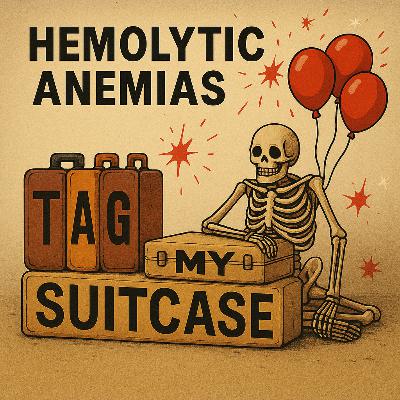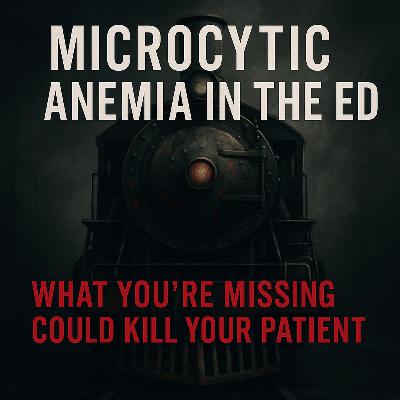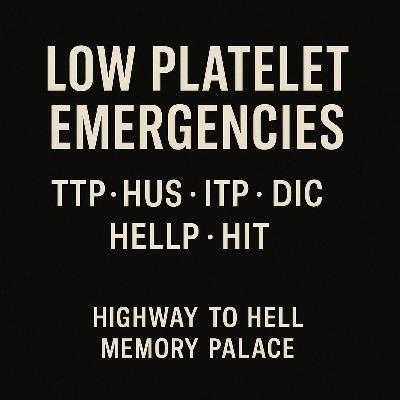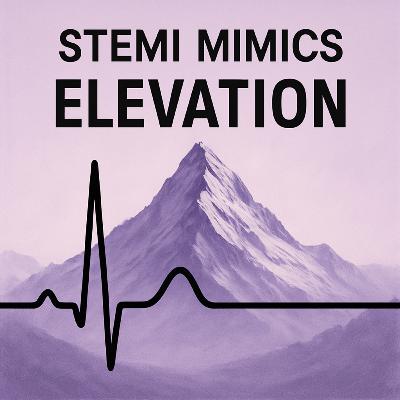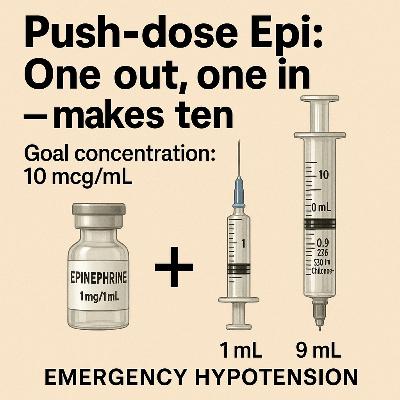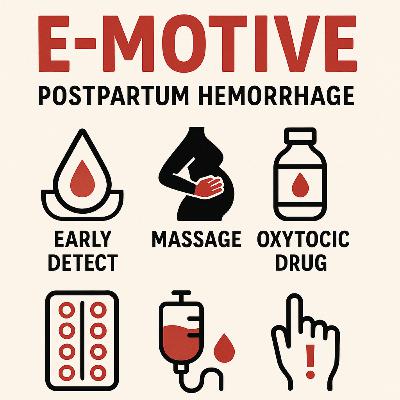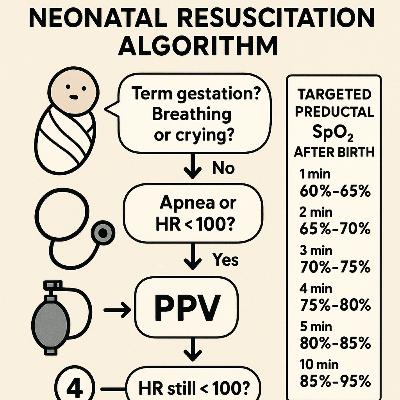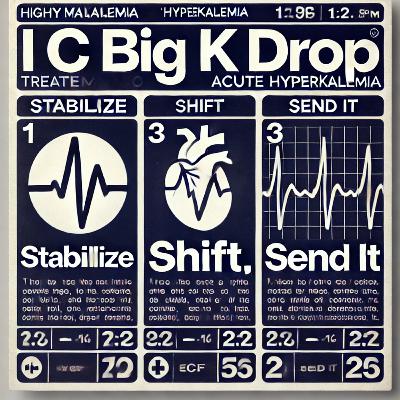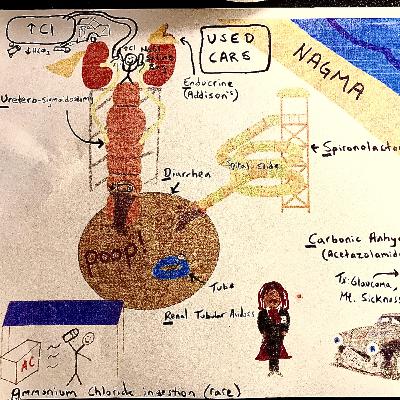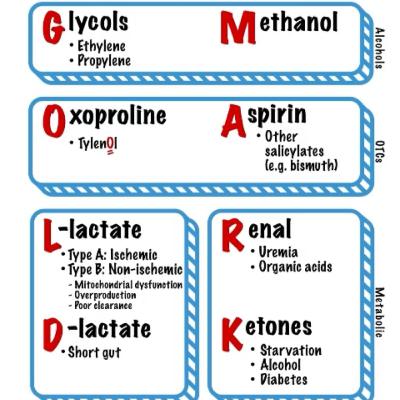6 S’s & 6 H’s Heart Score: Chest Pain & Diamond Classification Risk Stratification
Description
Chest pain is one of the most common—and highest risk—complaints in the ED. Missing acute coronary syndrome can be catastrophic, but keeping every patient in the hospital isn’t realistic either. That’s why the HEART score has become the standard of care: a simple, validated tool to help you decide who is safe for early discharge and who needs further workup or cardiology assessment.
In this episode, I’ll show you how to remember and apply the HEART score effortlessly by flipping it into the 6 S’s and 6 H’s framework—a diamond-shaped way to risk-stratify chest pain that you can run through in real time, right at the bedside. This method blends the Diamond classification of angina with the HEART score, anchoring it to recall cues you’ll never forget. Once you master the S’s and H’s, you’ll be able to calculate HEART quickly, communicate clearly, and avoid missing high-risk patients.
Of course, always follow your local protocols—but for every chest pain encounter, remember: ALWAYS calculate the HEART score.
⸻
💎 6 S’s & 6 H’s: The Framework
S’s — Symptoms, ECG, Risk factors, Age
Suspicious Symptoms (Diamond criteria)
1 . Substernal
- Stress-related (worse with exertion)
- Stops with rest
- Bonus: Sweating
→ Typical angina = 3/3
→ Atypical angina = 2/3
→ Non-anginal = 0–1
- ST Changes on ECG
- Normal → 0
- Non-specific (LVH, digoxin, etc.) → +1
- Significant ST depression/elevation → +2
- Smoking (or Vaping)
- Still a major ASCVD risk factor
- Ask specifically in younger patients
- Sixty-Five (Age ≥65)
- <45 → 0
- 45–64 → +1
- ≥65 → +2
⸻
H’s — The Highs & History
- High Cholesterol (Hyperlipidemia / LDL)
- High Sugar (Diabetes)
- High BP (Hypertension)
- Heavy (Obesity, BMI >30)
- History (Family hx <65, personal hx MI/CAD/PCI/CVA/PAD)
- High Troponin
- 1–3× normal → +1
- >3× normal → +2
⸻
⚠️ Pearls & Pitfalls
- MACE = Major Adverse Cardiac Events.
- HEART pathway randomized trial (Mahler, 2015) → validated early discharge.
- The HEART score is not universal—there are exceptions; know when it doesn’t apply.
- Enough S’s & H’s → They Stay in the Hospital.
⸻
👉 Whether you’re on shift, teaching, or reviewing for boards, this episode makes the HEART score second nature. Save time, reduce misses, and risk stratify chest pain with confidence.

